Lotte Mart - Seoul Yangpyeong Branch [Tax Refund Shop] (롯데마트 서울양평점)
4.1Km 2024-04-22
138, Seonyu-ro, Yeongdeungpo-gu, Seoul
-
Sangam-dong MBC New Headquarters Media Center (상암동MBC신사옥미디어센터)
4.1Km 2024-11-19
255 Seongam-ro, Mapo-gu, Seoul
Lotte Mart – Yangpyeong Branch (롯데마트 서울 양평점)
4.1Km 2022-09-06
138, Seonyu-ro, Yeongdeungpo-gu, Seoul
+82-2-450-2500
The Yangpyeong branch is located in Yangpyeong-dong, Yeongdeungpo-gu and it has a total of 4 floors with two underground and two above. It is the first and only Lotte Mart with an urban forest theme on the first floor, which provides an atmosphere of nature in the city. The first floor also has restaurants and a resting area while the second floor has Toys”R”Us and Hi-Mart.
Daesungjip (대성집)
4.1Km 2021-03-27
5, Sajik-ro, Jongno-gu, Seoul
+82-2-735-4259
Daejungjip has specialized in Dogani tang (ox knee joint soup) for 60 years. Customers can feel a simple and familiar ambience at the restaurant.
Seoul Yakhyeon Catholic Church (서울 약현성당)
4.1Km 2020-03-26
447-1, Cheongpa-ro, Jung-gu, Seoul
+82-2-362-1891
Yakhyeon Catholic Church was established as a result of Korea gaining religious freedom in the 23rd year of King Gojong’s reign (1886) and the subsequent increase of the Catholic population. In 1891, Myeongdong Cathedral's head priest Doucet laid down the foundation stone in Hap-dong. Coadjutor bishop Coste was in charge of design and construction and the building was eventually completed in 1892. The church was named after "Yakjeonhyeon," or a hill of medicinal herbs. This is because the place where the church is located was once a hilly area covered with medicinal herbs. Later on, Yakjeonhyeon was shortened to Yakhyeon and it became the name of the hilly area between Malli-dong and Seoul Station.
Yakhyeon Catholic Church was the first Western-style church ever built in Korea. It's Gothic architecture features a 12-meter-wide and 32-meter-long cruciform construction with low arched windows and a pointed-arch entrance gate.
Cheongpa Mansion (청파맨션)
4.1Km 2021-03-29
20, Cheongpa-ro 47na-gil, Yongsan-gu, Seoul
+82-2-706-9093
You can enjoy coffee roasted by a professional barista. This cafe is located in Yongsan-gu, Seoul. The most famous menu is americano.
Olens - Sangam DMC Branch [Tax Refund Shop] (오렌즈 상암 DMC)
4.1Km 2024-04-17
Store #R101 (Nuri Dream Square, Sangam-dong), 396, World Cup buk-ro, Mapo-gu, Seoul
-
Cheongdo Yangkkochi (청도양꼬치)
4.1Km 2021-03-29
23-4, Yeongjung-ro 6-gil, Yeongdeungpo-gu, Seoul
+82-2-703-7200
It is a place where you can enjoy various Chinese dishes as well as lamb dishes. This restaurant's signature menu is lamb skewers. This Chinese (cuisine) restaurant is located in Yeongdeungpo-gu, Seoul.
Sajo Tuna (사조참치)
4.1Km 2020-04-16
107-39, Tongil-ro, Seodaemun-gu, Seoul
+82-2-364-9838
Sajo Tuna is the perfect restaurant for tuna lovers. It serves fresh tuna served in varied styles to visitors. Chamdarangeo (bluefin tuna) Special Menu consists of the highest-grade tuna cuts along with unique decorations. Also, the standard menu includes gamasal gui (grilled tuna kama), braised tuna head, grilled tuna, and pan-fried tuna. In-house alcoholic drinks such as baengnyeoncho ju (perilla seed and prickly pear liquor) and insam sansuyu ju (ginseng and cornelian cherry liquor) are offered, making this restaurant more outstanding.
Yongwangsan Neighborhood Park (용왕산근린공원)
4.1Km 2019-08-29
143, Mokdongjungang-ro, Yangcheon-gu, Seoul
+82-2-2620-3579
Yongwangsan Mountain, also known as Eomjisan, is geologically located at entrance of a land referred to as “Cheonhojibeol,” located across an artificial waterfall. The mountain’s name “Yongwangsan” (meaning Dragon King Mountain) derived from an old tale of a king who dreamt of becoming killed. He then shot an arrow to an old man with spiritual powers living in a village at the foot of Eomjisan Mountain. The king stated “I knew that the old man would someday turn into a dragon and threaten my throne. Therefore I killed the dragon.” The words dragon (“yong”) and king (“wang”) were combined to form its current name, Yongwangsan Mountain.


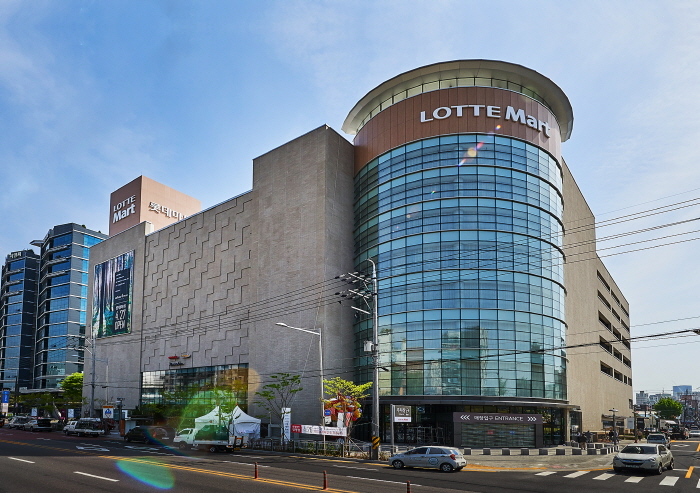
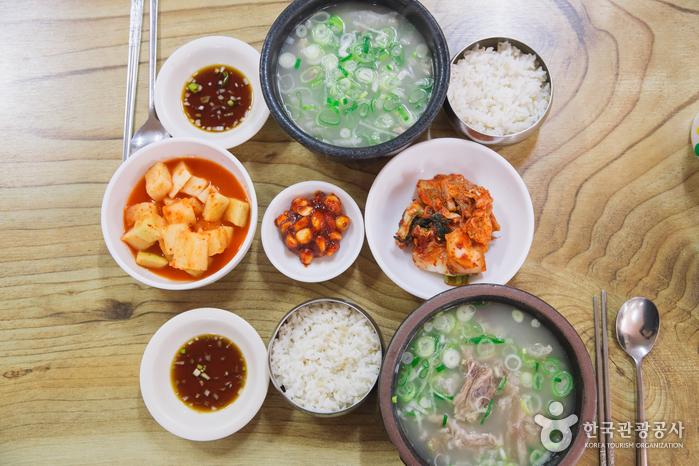
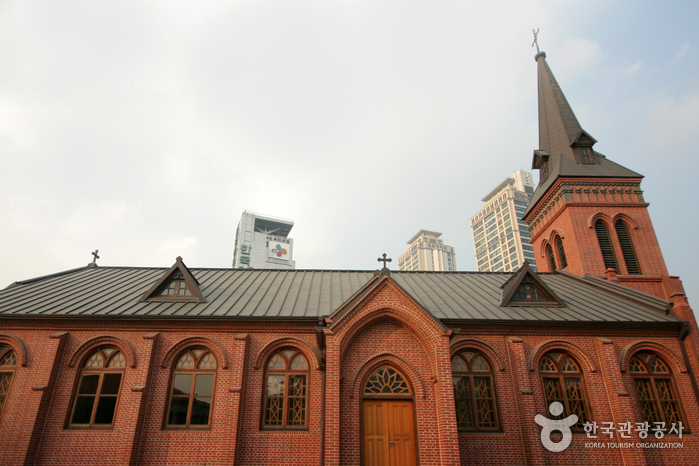

![Olens - Sangam DMC Branch [Tax Refund Shop] (오렌즈 상암 DMC)](http://tong.visitkorea.or.kr/cms/resource/02/2888302_image2_1.jpg)
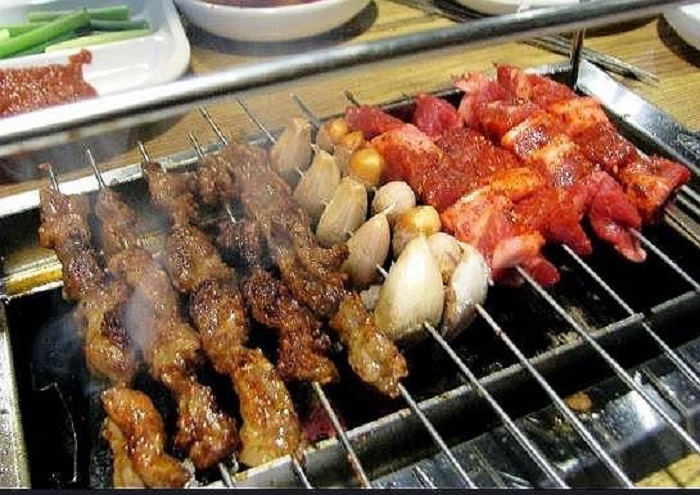
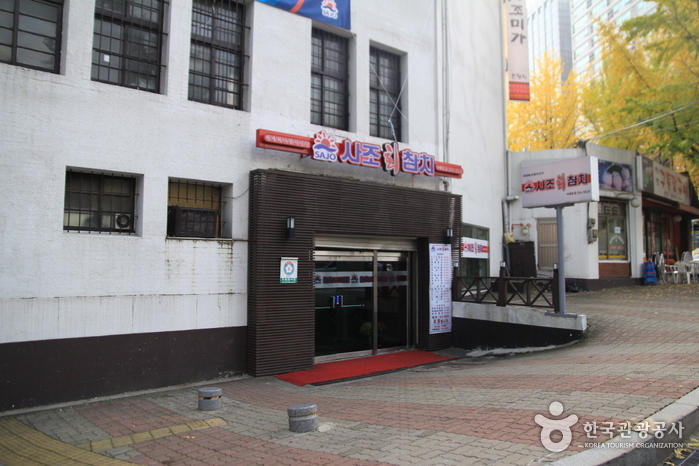
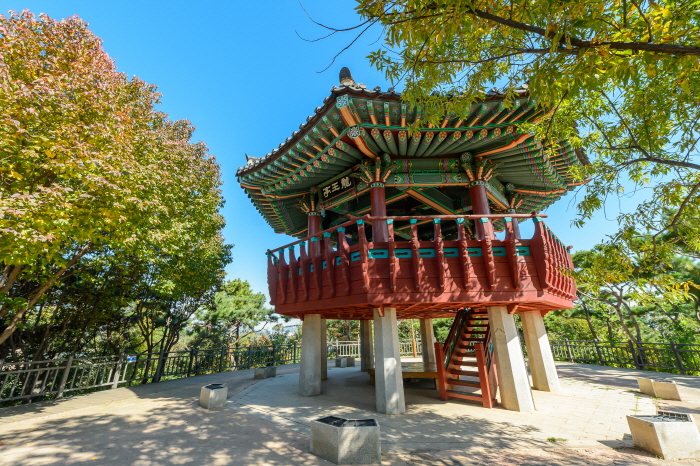
 English
English
 한국어
한국어 日本語
日本語 中文(简体)
中文(简体) Deutsch
Deutsch Français
Français Español
Español Русский
Русский